Clinical Expertise, Tech-Driven
Deep healthcare knowledge ensures technology aligns with real-world clinical workflows, driving impact.
A revenue cycle management dashboard is a digital platform that consolidates data from EHRs, billing systems, clearinghouses, and payer portals into one unified view. It enables healthcare organizations to track key metrics such as days in accounts receivable, denial rates, payer mix performance, and net collection rate.
Instead of manually piecing together data from spreadsheets or generic BI tools, providers gain a real-time snapshot of financial health. Dashboards built for healthcare also provide drill-down capabilities to investigate claims, identify bottlenecks, and support payer negotiations. For hospitals and mid-sized practices operating under value-based care contracts, dashboards offer predictive analytics to anticipate risks and avoid revenue leakage before it impacts cash flow.
Even with robust billing systems, many providers continue to face recurring challenges:

Claims and payment data often sit across multiple EHRs, clearinghouses, and payer portals, making it difficult to get a complete financial picture.

Without clear visibility into denial reasons and appeal outcomes, providers lose revenue opportunities and face prolonged reimbursement cycles.
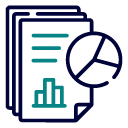
Finance teams spend hours compiling data into static reports that are often outdated by the time they are distributed.

Outstanding balances and underpayments often go unnoticed until they are aged beyond 90 days, leading to poor recovery rates.

CMS and payer regulations require meticulous documentation. Without audit-ready logs, providers risk penalties and failed audits.
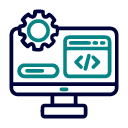
Revenue cycle management involves coders, billers, finance leaders, and clinicians. Without a shared dashboard, teams work with partial information.
Mindbowser develops revenue cycle dashboards that are designed around your workflows, not generic templates. Each dashboard is customized to surface the most critical KPIs for your practice or hospital, whether that means monitoring denial trends, analyzing payer performance, or tracking patient responsibility collections.
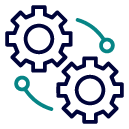
Track claims across submission, pending, denied, and paid status. Drill down by payer, department, or CPT code to uncover bottlenecks and accelerate reimbursements.

Automatically categorize denials by reason codes, analyze appeal outcomes, and identify payer-specific trends to reduce denial rates.
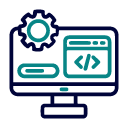
Visualize outstanding balances, payment plan adherence, and self-pay collections. These insights support better patient engagement and improved financial outcomes.
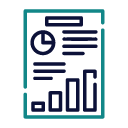
Identify missed charges, duplicate write-offs, and underpayments through analytics-driven alerts. Protect your bottom line with proactive monitoring.
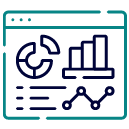
Generate CMS and payer-aligned reports with audit-ready documentation. This ensures regulatory compliance and reduces the administrative burden of audits.

Provide finance leaders with executive summaries, billers with claim-level details, and coders with workflow-specific insights. Each team member gets the right view at the right time.
A well-designed dashboard surfaces both high-level KPIs and granular insights. Examples include:

Measure the average time taken to collect payments. Monitoring this metric helps identify inefficiencies in payer response times and patient billing follow-up.
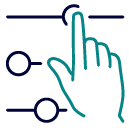
Compare actual collections against the expected reimbursement. This KPI reveals how effectively your organization is converting charges into revenue.
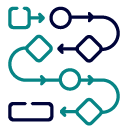
Identify the proportion of revenue lost to non-collectible accounts. Tracking this metric helps adjust patient communication strategies and financial assistance programs.

Assess how well balance is being recovered by patients. Dashboards show self-pay trends, payment plan compliance, and outstanding balances.
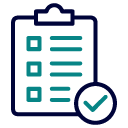
Monitor the percentage of claims accepted without errors or edits. A high clean claim rate reduces administrative rework and accelerates reimbursements.
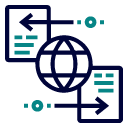
Track the percentage of claims denied on first submission. Dashboards categorize denials by payer, reason code, and department, giving clarity on where corrective action is needed.

Understand revenue distribution across government and commercial payers. This insight helps negotiate contracts and predict financial risks.

Evaluate the total expense of collecting revenue, including staff time and technology costs. Lowering this metric directly improves margins.
| Challenge in Manual Reporting | Benefit of Custom RCM Dashboards |
|---|---|
Data scattered across systems | Unified view with EHR, billing, and payer integrations |
High coding and billing errors | Automated claim scrubbing and validation |
Long reimbursement cycles | Real-time claim monitoring and alerts |
Staff are overwhelmed by reporting | Automated analytics and role-based dashboards |
Limited visibility into trends | Predictive analytics for denials and collections |
High compliance risk | HIPAA, HL7, and FHIR-aligned workflows with audit logs |

Over a decade of experience building financial and clinical platforms for hospitals, payors, and health tech innovators.

HIPAA, SOC 2, and CMS-aligned dashboards designed with audit readiness in mind.
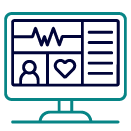
HealthConnect CoPilot enables faster connections with more than 20 EHRs and 100+ devices.

Built specifically for your workflows, payer contracts, and reporting requirements.

Most dashboards are delivered within 12–16 weeks, complete with staff training and support.

From intake to reimbursement, every KPI is accessible in one real-time dashboard.
If your team still relies on static reports or generic BI tools, it is time for an upgrade. With a custom revenue cycle management dashboard, you gain control over every aspect of your financial performance, reducing denials, improving reimbursements, and ensuring compliance.
Schedule a Free ConsultationWe don’t just deliver solutions we build partnerships that drive transformation. With a proven track record in healthcare technology, we understand the industry’s unique challenges and offer customized solutions to help you achieve breakthroughs.
Our developers are HIPAA certified and skilled in various healthcare regulations, including GDPR and HITECH. We create HIPAA-ready solutions, ensuring security and compliance with all necessary standards. Trust us to deliver robust, compliant healthcare software that protects patient data.
Save minimum 40% in development costs and build products in 55% less time with our advanced solution accelerators.
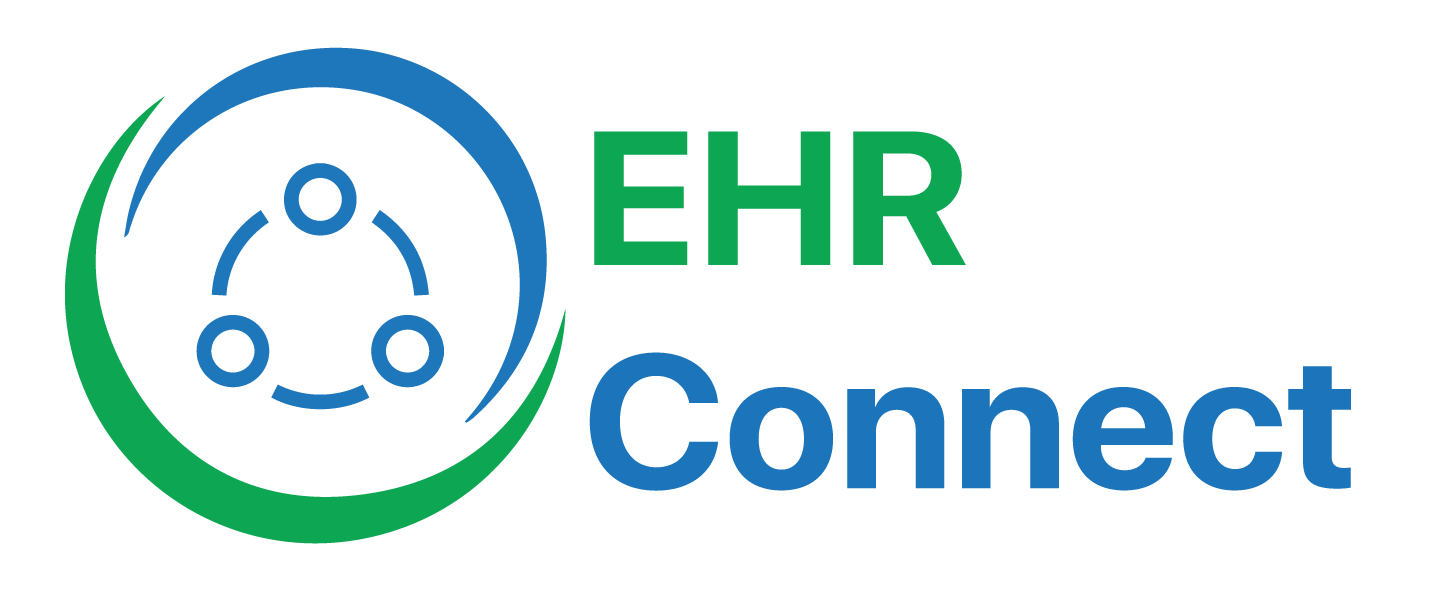
EHRConnect offers a robust API/SDK for seamless integration with EHRs like Epic and Cerner, enabling secure data exchange via advanced auth protocols. Broad FHIR support boosts interoperability and communication.
Read More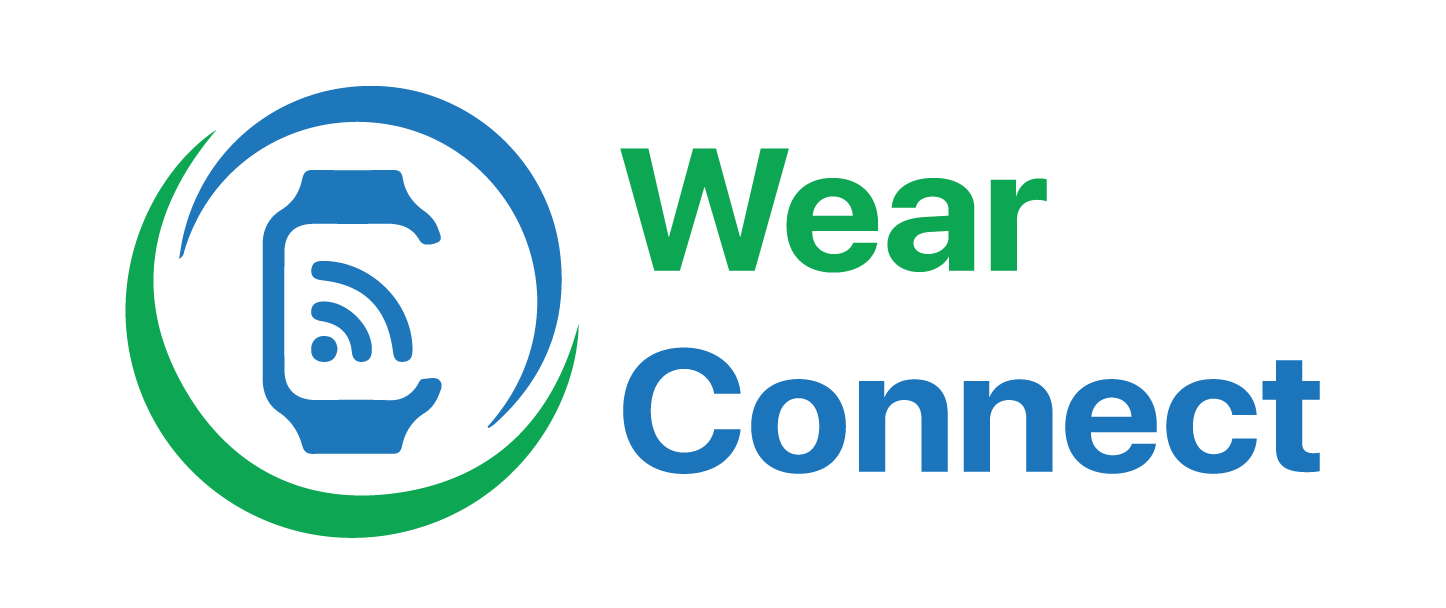
WearConnect is a wearable tech platform enabling seamless integration between devices and apps, enhancing user experience and data access. It empowers users to maximize device potential efficiently.
Read More
PHISecure is a comprehensive solution for protecting PHI in healthcare, ensuring compliance with laws like HIPAA. Advanced encryption and access controls provide security against unauthorized access to patient data.
Read More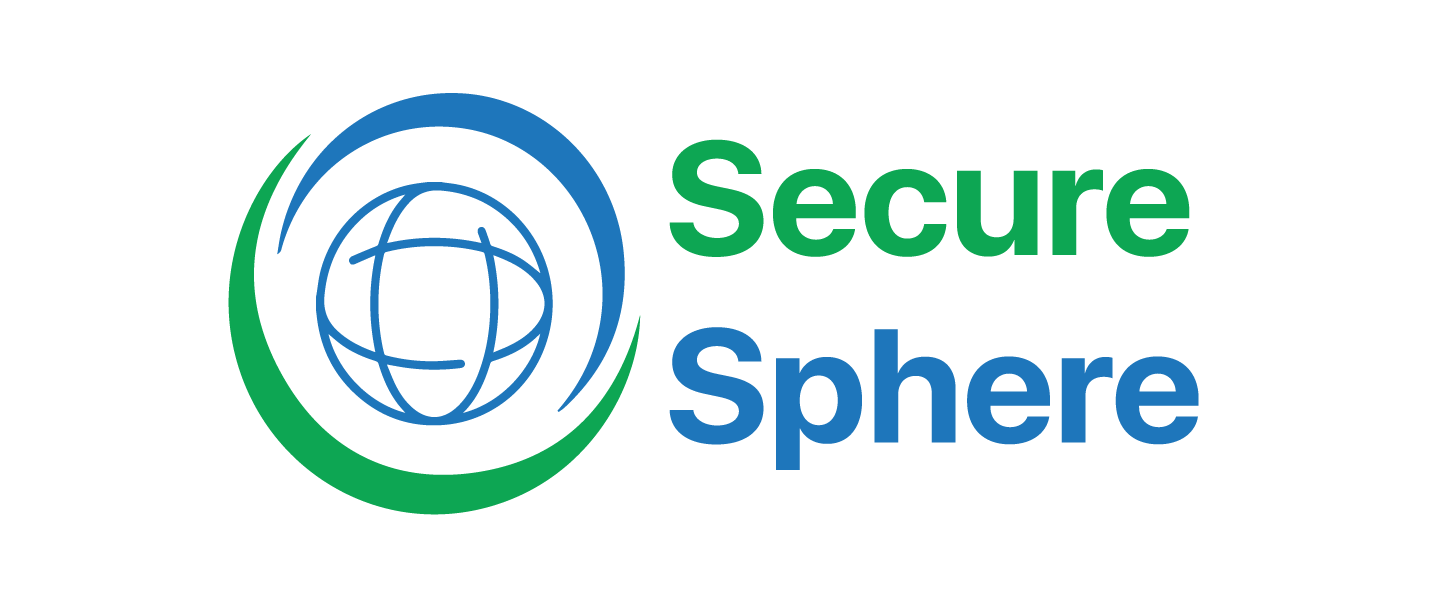
SecureSphere offers a holistic infrastructure management solution, enabling deployment in hours. It emphasizes compliance, scalability, and performance, with integrated monitoring tools to ensure security and reliability.
Read More